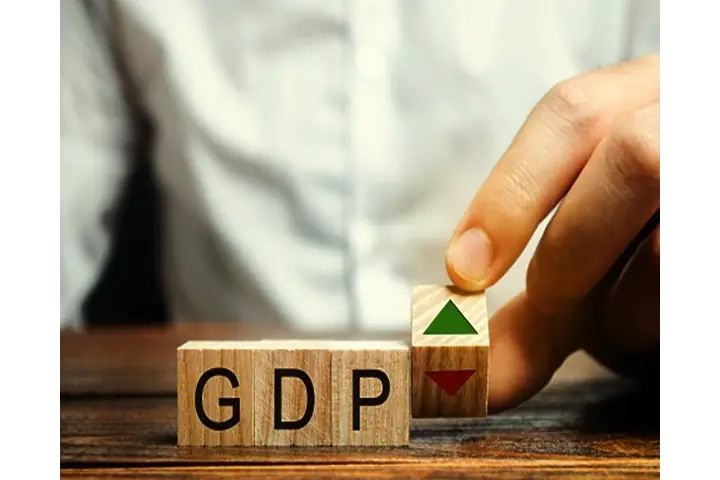A sustained annual economic growth rate of about 7-8 per cent is what Pakistan requires for the next several years to be able to generate enough jobs that will absorb the new entrants in the workforce and also reduce poverty.
“But that kind of growth is nowhere in sight,” Dawn in a recent report noted.
While the World Bank has revised its growth projection for Pakistan from the earlier 2 per cent to 3.4 per cent for the fiscal year 2021-22, this falls way short of expectations.
Also read: Following Zia-ul- Haq’s footsteps, Imran Khan to establish council of mullahs to make Naya Pakistan
“The leadership of the country has always been more focused with issues that are political in nature than economic..game changing economic policies and reforms have never been the thrust for the government,” an analyst told India Narrative.
Pakistan Prime Minister Imran Khan had promised economic growth and employment generation when he assumed power in 2018. But since he took over the macro-economic indicators have weakened. In 2018, the country’s growth rate was 5.8 per cent according to the World Bank. In 2019, it slowed down to just a little less than 1 per cent and in 2020, it was 0.5 per ccent — the country like most parts of the world was brutally affected by Covid 19.
A recent unemployment data released by the Pakistan Institute of Development Economics (PIDE) showed that 24 per cent of people who have at least an undergraduate degree — are without a job. The actual figure maybe higher.
The report said that the focus is likely to remain more on exploitation of the emerging geopolitical situation to get concessional and commercial foreign financing for paying our import bills — in spite of the adverse impact slow growth is having on the majority of Pakistanis who are forced to live under or just above the ‘poverty line’.
Also read: Pakistan’s rogue nuclear scientist A.Q. Khan leaves behind a legacy of ultimate terror
The South Asian region is estimated to grow at 7.1 per cent this year.
The World Bank has projected a growth rate of 8.3 per cent for India in 2021-22. While Maldives, which witnessed a contraction of 33.6 per cent in 2020, is expected to register a growth rate of 22.3 per cent in 2021 and Bangladesh is projected to register 5 per cent in 2021.




















